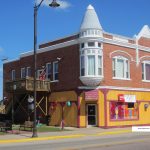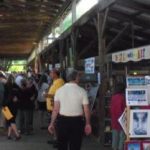Latinx Immigration, Entrepreneurship, and Downtown Development
Downtown Economics Newsletter – JANUARY, 2021. Before the pandemic, Latinx[1] entrepreneurs in numerous communities filled vacant downtowns with new businesses like grocery stores, restaurants, and variety stores. These new businesses contributed to increased economic activity and attracted foot traffic by bringing consumers back to the central business district and often appealing to a broad regional […]
Read More...













